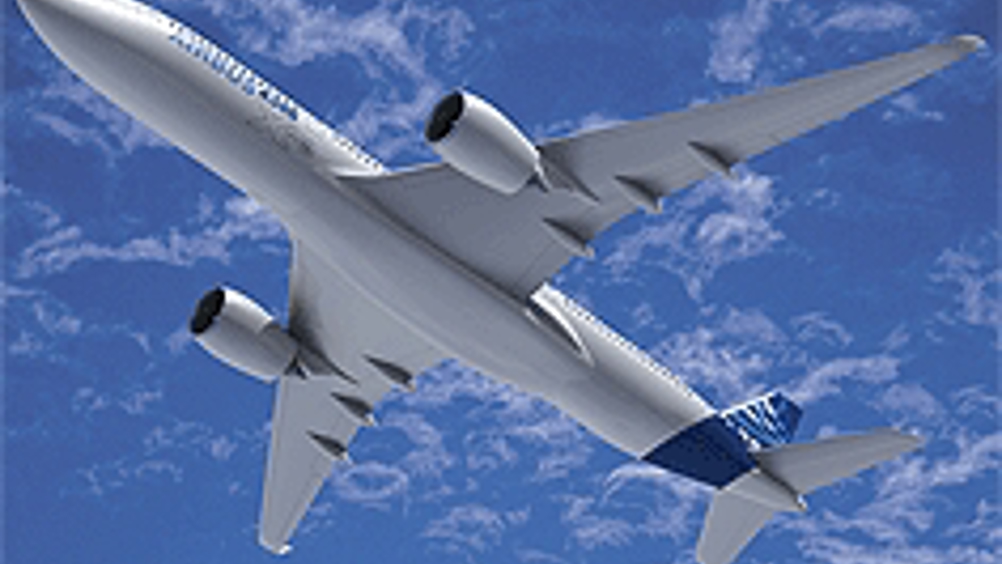Airbus assembles rear fuselage using improved technique
Airbus has assembled a lightweight rear fuselage for the A350 XWB jet-airliner using a technique that improves production efficiency and quality.

Airbus A350 engineers in Hamburg have successfully demonstrated a method whereby four carbon-fibre panels that make up the rear fuselage cabin are guided into position with the help of the rear fuselage barrel.
Airbus production programmes have traditionally assembled the panels and floor grid into a full barrel to which the rear fuselage section is subsequently joined.
Sebastian Mueller, head of the A350 structural assembly line at Airbus, told The Engineer: ‘We are building the aircraft out of four shells. Two side shells on the left- and right-hand sides, an upper shell and a lower shell. In between, we have a floor grid for the passengers.
‘We’re using four really large panels so there are no overlaps for the small parts and much less interfaces, which means it easier to produce.’
The 17m carbon-fibre panels that make up the cabin are manufactured by two German plants; the Premium Aerotec facility builds the two lateral panels, while the upper and lower panels are built by Airbus’s plant in Stade. Airbus built the 3m rear barrel in Spain at its Getafe plant.
Register now to continue reading
Thanks for visiting The Engineer. You’ve now reached your monthly limit of news stories. Register for free to unlock unlimited access to all of our news coverage, as well as premium content including opinion, in-depth features and special reports.
Benefits of registering
-
In-depth insights and coverage of key emerging trends
-
Unrestricted access to special reports throughout the year
-
Daily technology news delivered straight to your inbox










Fusion inches closer as ITER completes magnet system
I believe the purpose of ITER isn't to make usable power, it is a research project which will be used to design the first generation of actual...